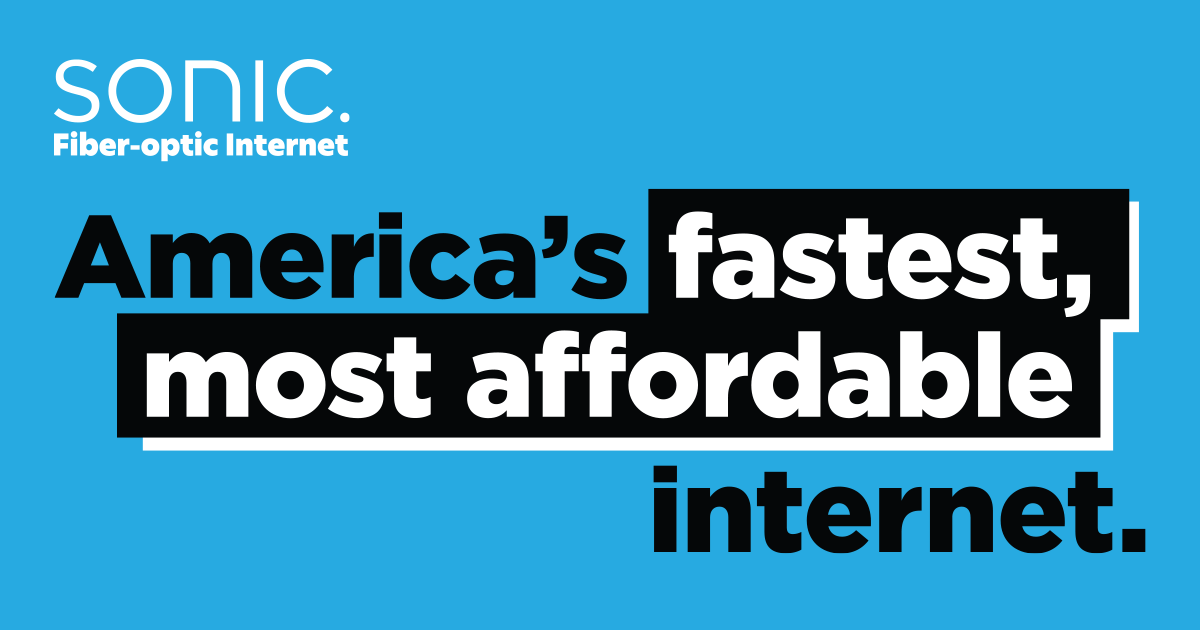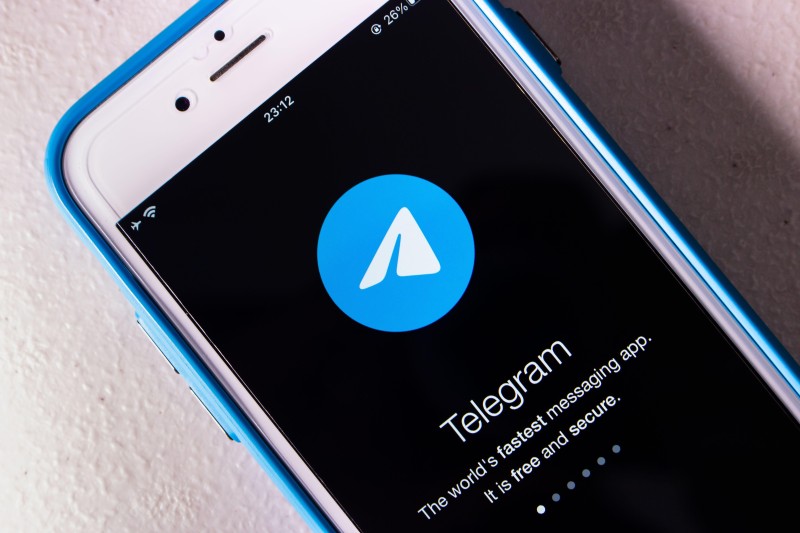Japan sets new internet speed world record — 4 million times faster than average US speeds
-
Living there right now and that is hard to believe. It's very common to find housing that still runs on VDSL. Living in Tokyo too
If it's like here in Finland, coverage means there's a fibre running under the street in front (or close enough nearby) but because it costs quite a lot to connect a building to it, especially if you want higher speeds and have to start retrofitting every apartment, many haven't done it.
For example our house officially has fibre coverage, but the street-to-house connection costs ~1800€ which is why we still run a VDSL while the apartment building down the street has 10Gbit to every apartment.
-
And yet, developers still build sites that load 500kb of JS just to display 5kb of text.
We don’t need faster speeds, we need more reasonable and thoughtful site design. Most sites are ridiculously overengineered, and don’t need a lot of what has been stuffed into them.
But then how will you be able to mine every single possible data point on every single visitor so that you can maximize profits with advertisors?! Huh?! /s
-
This post did not contain any content.
Wouldn't it be bottlenecked by the upload speed?
-
Meanwhile in aus we get like 5 MB/s
;-;
Half-duplex
-
But then how will you be able to mine every single possible data point on every single visitor so that you can maximize profits with advertisors?! Huh?! /s
IME it is more devs and managers going wild on the “golly gee wiz” features that are meant to dazzle site visitors, rather than on actual content (or to obscure a lack of actual material content).
Sure, what you mentioned is a problem, and a serious one at that. But your issue arises more from marketers and bean counters and C-Suite execs than devs and managers.
-
Wasn't Google Fiber available in like, one town in Kansas? So I suppose yes, it did increase the average speed, but by a very small amount.
Not quite. Google fiber did 2 things: 1) in any market thry entered, they forced an ante speed and 2) they provided a model that a bunch of local coops and/or municipal networks could follow (and did)
They are currently in 28 markets in the US.
-
But then how will you be able to mine every single possible data point on every single visitor so that you can maximize profits with advertisors?! Huh?! /s
Nah its not even always about profit, sometimes its just pure sloppy showoff like a page where I am supposed to sign up should not be promoting the company, if Ive already got onto that page why do I need to scroll all the way down to the join/sign up button!
-
Ignoring clickbait title, this is impressive. Networked devices used to be the limit on data transfer.
Are there any devices even capable at reading/writing at 125,000G/sec?
Seems breakthroughs here are more relevant to for backhaul networks.
0.125 P/s
-
I got some news for you about Australia then.
Let me guess, Kangaroos? Their pouches could hold alot of packets
-
Where the hell are you getting 10Gbps for $50/mo? I'm paying $95/mo for 1Gbps

America’s fastest, most affordable internet service.
Get fiber-optic internet service with speeds up to 10 Gigabits. Fast, fair, and affordable.
(sonic.com)
I'm actually paying $40/month because I'm on a legacy plan that's $10/month cheaper in exchange for no phone or email support (SMS only) and no free addons like email, web hosting space, eFax, or VPN.
Sonic has caused the other ISPs to lower their prices here. For example, Comcast Xfinity has 2Gbps for $70/month, although that's not symmetric and only has 250Mbps upload speed. AT&T's fastest plan here is 5Gbps for $155/month.
There's a few cities throughout the US that have a similar service, or cheap municipal fiber (ran by the city itself). Unfortunately it's not very common though.
-
That sounds like a coax network instead of fiber.
It sure does, but AFAIK it was only available to houses that use fiber (FTTP - fiber to the premises) until recently. My mum could only get 250Mbps max over the coax network before (Aussies refer to it as "HFC" - hybrid fiber and coax).
They do have a 1000/250 plan but it's ridiculously expensive compared to the "standard" 1000/50 (called "NBN 1000" - NBN is the National Broadband Network)
-
Yeah Australia still hasn't quite caught up to the internet speeds some other countries had 15 years ago. It's kinda sad. I'm still sad the original (good) NBN got replaced by the janky NBN that's taken years to fix.
The other weird thing in Australia is that even the expensive fibre plans are asymmetric. Most countries that have fibre have a 1Gbps symmetric plan (meaning upload and download are both 1Gbps) whereas the 1Gbps NBN plan has a ridiculously low ~50Mbps upload speed.
I moved from Australia to the USA in 2013. Back then, I had ~9Mbps ADSL2+ in Australia, compared to 600Mbps in the USA. Huge difference. Now I've got 10Gbps symmetric in the USA for $50/month through a local ISP.
I'm still sad the original (good) NBN got replaced by the janky NBN that's taken years to fix.
Malcolm Turnbull is the one I blame most for that. It was his party's policy, but it was his charisma and perceived technology knowledge that sold it.
And he did it for the chance of being PM, not because it was the correct course of action for the betterment of the people he was supposed to be representing.
Imagine selling out an entire country's future for a promotion. What a cockhead.
-
A good point for Google
-
There really is Xkcd for everything.
-
It sure does, but AFAIK it was only available to houses that use fiber (FTTP - fiber to the premises) until recently. My mum could only get 250Mbps max over the coax network before (Aussies refer to it as "HFC" - hybrid fiber and coax).
They do have a 1000/250 plan but it's ridiculously expensive compared to the "standard" 1000/50 (called "NBN 1000" - NBN is the National Broadband Network)
My ISP used to advertise about fiber because their backend is fiber but residential connections are coax with DOCSIS whatever. One of the downsides is assymetric up/download speeds. Upload gets reduced to favour download and you get these whack ratios.
-
ranked by Speedtest.net data
I have no other ideas to collect that data better but i'm sure that does not give a good generic view of the reality. Every tech I know in Sweden uses bredbandskollen. Even if an end-users is asked if they did test speed and delay, the site was bredbandskollen in nearly 100% of the cases if they had done so. Therefore I dare say speedtest is missing data and that list has no statistical relevance outside the scope of the speedtest user population.
Also, measuring speedtest result tells us about the subscription users took out. It does not tell anything about availability. I can get Gbit here, but subscribed to 100/100 because my average is low

Not to mention that Japan tends to use their own local services usually so I'm not sure if speedtest.net is even well known there.
-
This is yet another thing the Republicans have been attacking (funding for rural broadband providers). Our rural areas are actually extremely well covered. Most of the midwest is fibered up. My local co-op’s minimum offered speed is 350x350.
I'm in a rural place and I just have DSL for my house and LTE for my phone. Lived here 20 years and that's the worst thing about it.
-
I'm still sad the original (good) NBN got replaced by the janky NBN that's taken years to fix.
Malcolm Turnbull is the one I blame most for that. It was his party's policy, but it was his charisma and perceived technology knowledge that sold it.
And he did it for the chance of being PM, not because it was the correct course of action for the betterment of the people he was supposed to be representing.
Imagine selling out an entire country's future for a promotion. What a cockhead.
One of my friends was part of the original NBN trial in Brunswick. I also lived in Brunswick but unfortunately I was a few blocks outside the test area. That was back in 2009 or 2010, and if I remember correctly it was 100Mbps down and 40Mbps up via FTTP.
15 years later, there's still a lot of people with connections slower than that. My mum's on a 12Mbps plan because she finds higher plans to be too expensive. Meanwhile, the slowest speed I can get from a major ISP in my area in the USA is 300Mbps.
-
If it's like here in Finland, coverage means there's a fibre running under the street in front (or close enough nearby) but because it costs quite a lot to connect a building to it, especially if you want higher speeds and have to start retrofitting every apartment, many haven't done it.
For example our house officially has fibre coverage, but the street-to-house connection costs ~1800€ which is why we still run a VDSL while the apartment building down the street has 10Gbit to every apartment.
That's exactly what's going on here. My landlord refuses to install the upgrade even if I pay for it too

-
I'm in a rural place and I just have DSL for my house and LTE for my phone. Lived here 20 years and that's the worst thing about it.
My condolences. We have one last office to convert at the coop I work for. We’ll be 100% fiber by the end of the year. Hope your ISP is close as well.
-
To land Meta’s massive $10 billion data center, Louisiana pulled out all the stops. Will it be worth it?
Technology 1
1
-
-
-
-
Microsoft and the CWA reach a tentative contract agreement for ~300 ZeniMax QA workers after two years of talks, marking Microsoft's first US union contract
Technology 1
1
-
FBI opens inquiry into 764, online group that sexually exploits and encourages minors to self-harm
Technology 1
1
-
We have reached the “severed fingers and abductions” stage of the crypto revolution - Ars Technica
Technology 1
1
-




